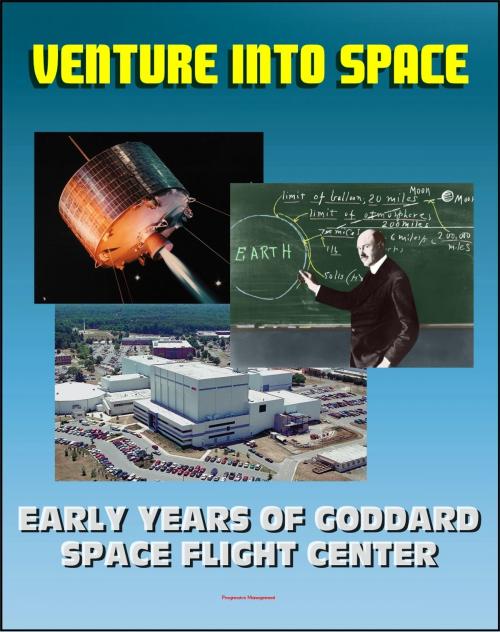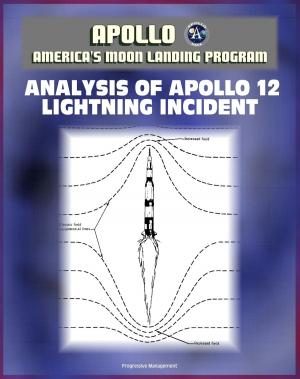Venture into Space: Early Years of Goddard Space Flight Center - Vanguard, Mercury Tracking, Explorer, Pioneer, Tiros, Telstar, Relay, Syncom Satellites (NASA SP-4301)
Nonfiction, Science & Nature, Science, Physics, Astrophysics & Space Science, History, Military, Aviation| Author: | Progressive Management | ISBN: | 9781466131552 |
| Publisher: | Progressive Management | Publication: | March 1, 2012 |
| Imprint: | Smashwords Edition | Language: | English |
| Author: | Progressive Management |
| ISBN: | 9781466131552 |
| Publisher: | Progressive Management |
| Publication: | March 1, 2012 |
| Imprint: | Smashwords Edition |
| Language: | English |
This official NASA history document - converted for accurate flowing-text e-book format reproduction - is an interesting account of the early history of NASA's Goddard Space Flight Center in Greenbelt, Maryland. It includes the story of Dr. Robert H. Goddard, called the father of American rocketry and a pioneer in the theory of space exploration. It covers many milestones in the American space program, including the Mercury tracking program and satellites such as Vanguard, Explorer, Pioneer, Tiros, Telstar, Relay, Syncom, and others.
This historical report represents a preliminary record of the efforts of this NASA Center, from its antecedents through 1963. Any cutoff date for such a report must be necessarily arbitrary; 1963 has been selected as terminal date because that year saw the culmination of many of the early efforts: the organization achieved the form its planners had envisioned; many of the physical facilities were completed; and, perhaps most important, scientific findings produced by "first generation" satellites began to be returned to curious scientists. As a consequence of the new scientific knowledge and technological advances, the years beyond 1963 would feature more advanced missions, utilizing "second generation" spacecraft with more sophisticated instrumentation. Weather and communications satellites developed during the early years had by 1963 demonstrated such utility as to make operational systems a reality. The Goddard-operated manned space flight tracking network contributed to the successful completion of Project Mercury, the United States' first man-in-space program.
This official NASA history document - converted for accurate flowing-text e-book format reproduction - is an interesting account of the early history of NASA's Goddard Space Flight Center in Greenbelt, Maryland. It includes the story of Dr. Robert H. Goddard, called the father of American rocketry and a pioneer in the theory of space exploration. It covers many milestones in the American space program, including the Mercury tracking program and satellites such as Vanguard, Explorer, Pioneer, Tiros, Telstar, Relay, Syncom, and others.
This historical report represents a preliminary record of the efforts of this NASA Center, from its antecedents through 1963. Any cutoff date for such a report must be necessarily arbitrary; 1963 has been selected as terminal date because that year saw the culmination of many of the early efforts: the organization achieved the form its planners had envisioned; many of the physical facilities were completed; and, perhaps most important, scientific findings produced by "first generation" satellites began to be returned to curious scientists. As a consequence of the new scientific knowledge and technological advances, the years beyond 1963 would feature more advanced missions, utilizing "second generation" spacecraft with more sophisticated instrumentation. Weather and communications satellites developed during the early years had by 1963 demonstrated such utility as to make operational systems a reality. The Goddard-operated manned space flight tracking network contributed to the successful completion of Project Mercury, the United States' first man-in-space program.















